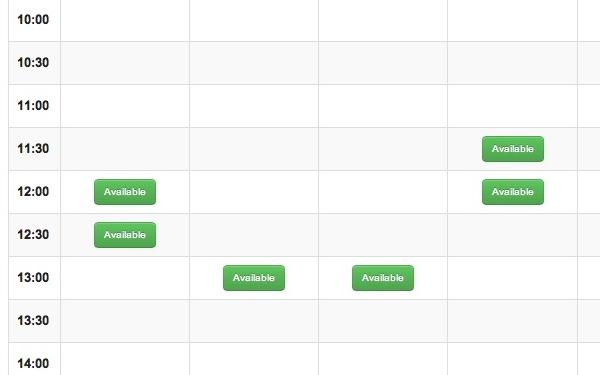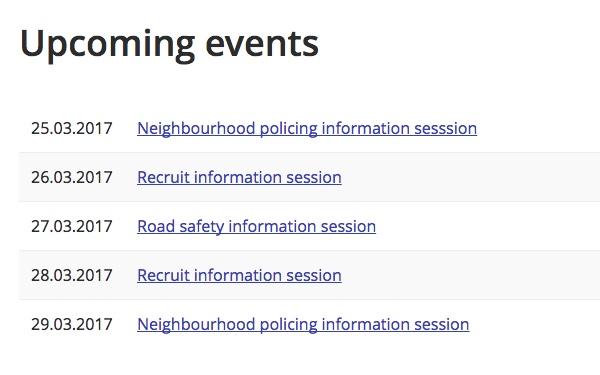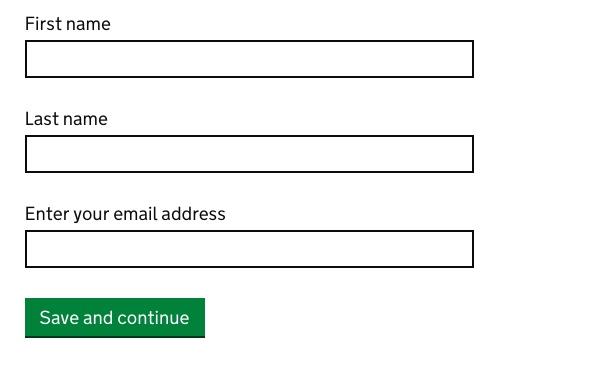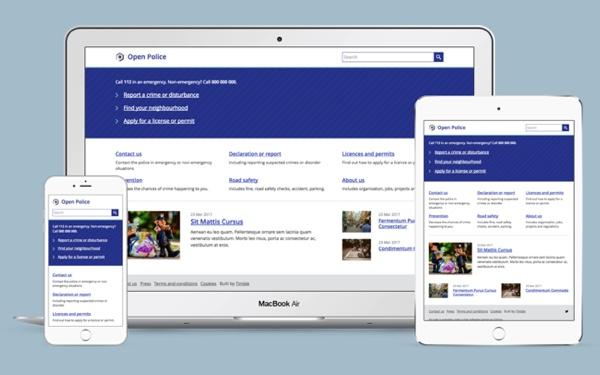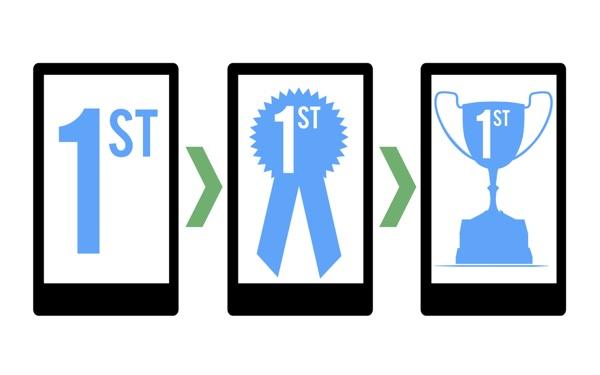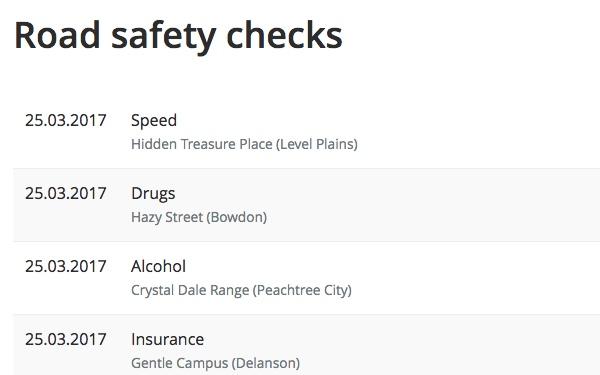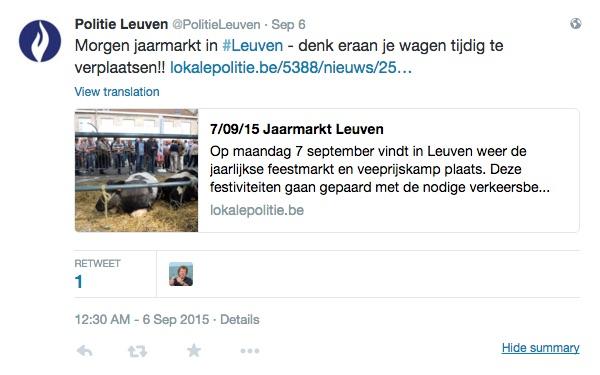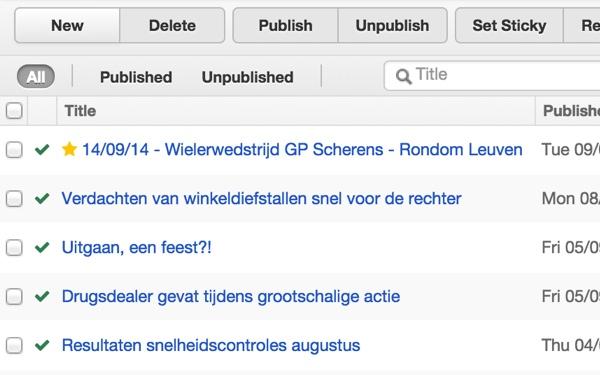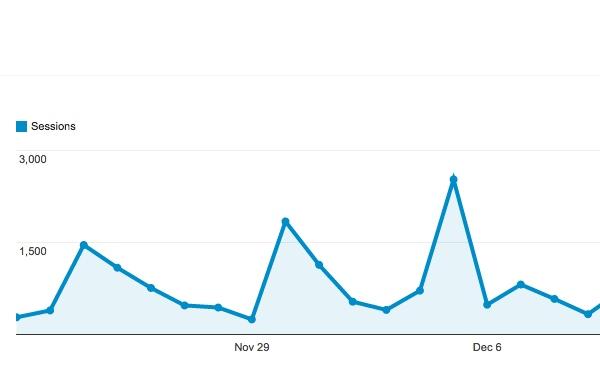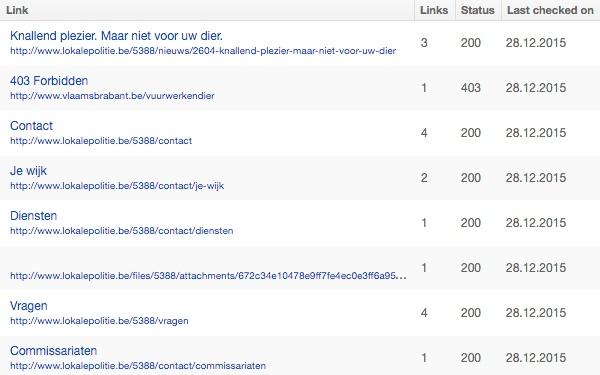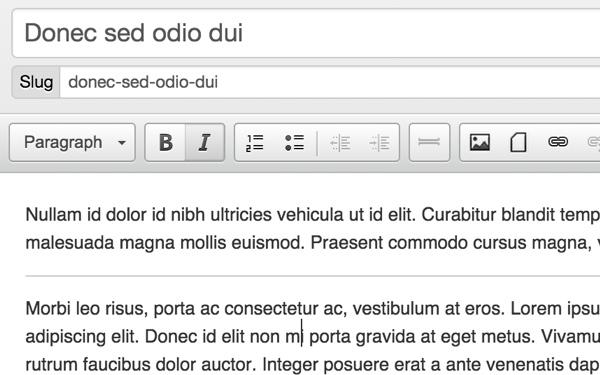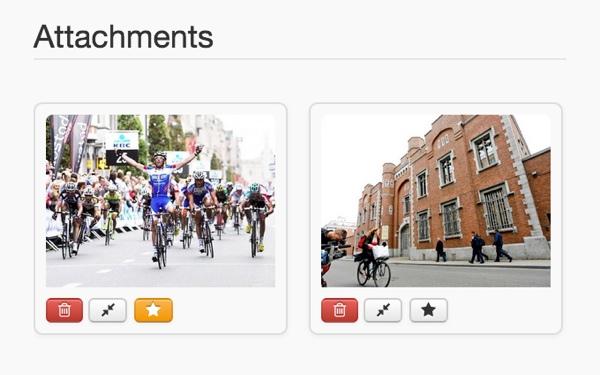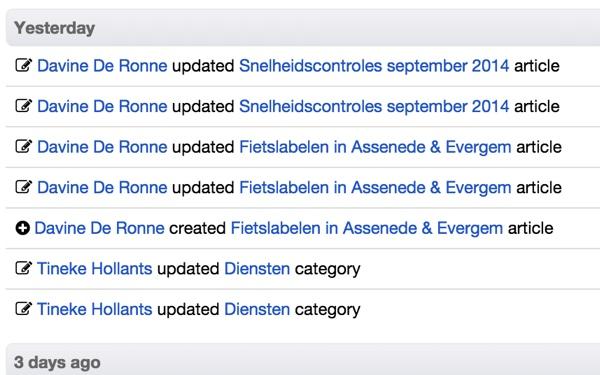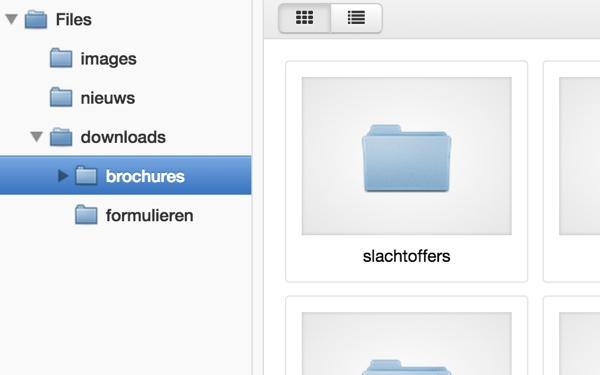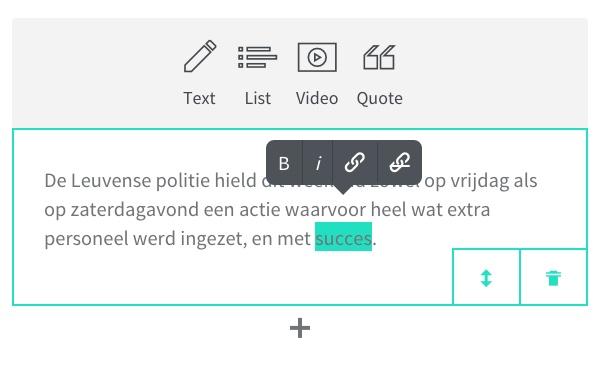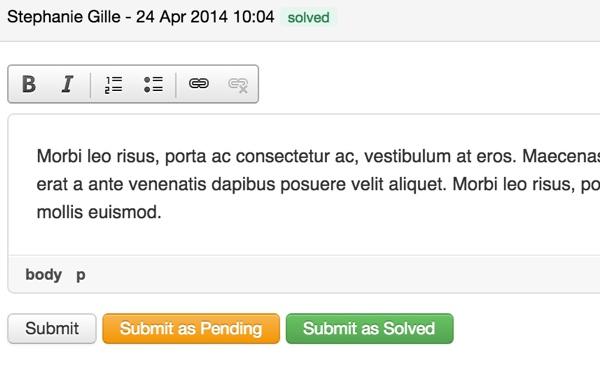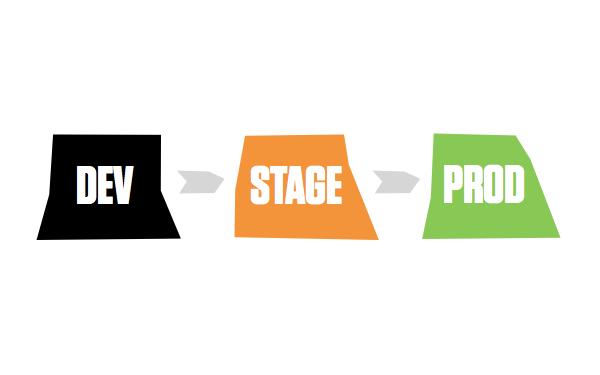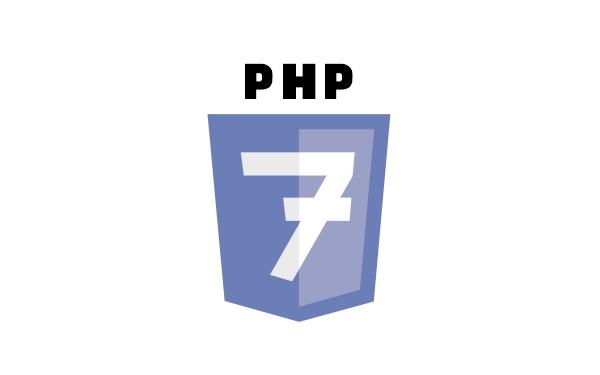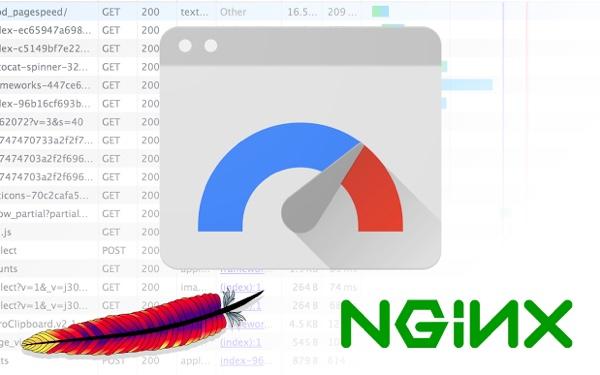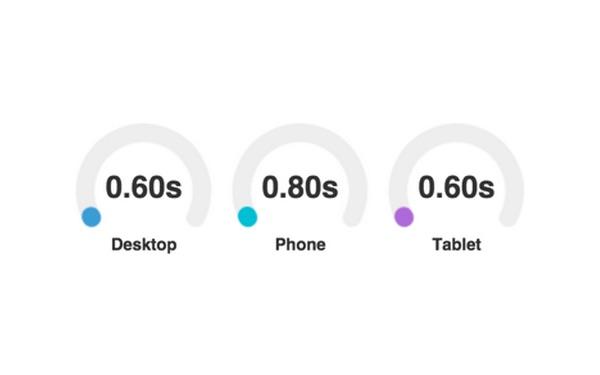Open Police
An open source web publishing platform for police forces.
Used by the Belgian local & federal police.
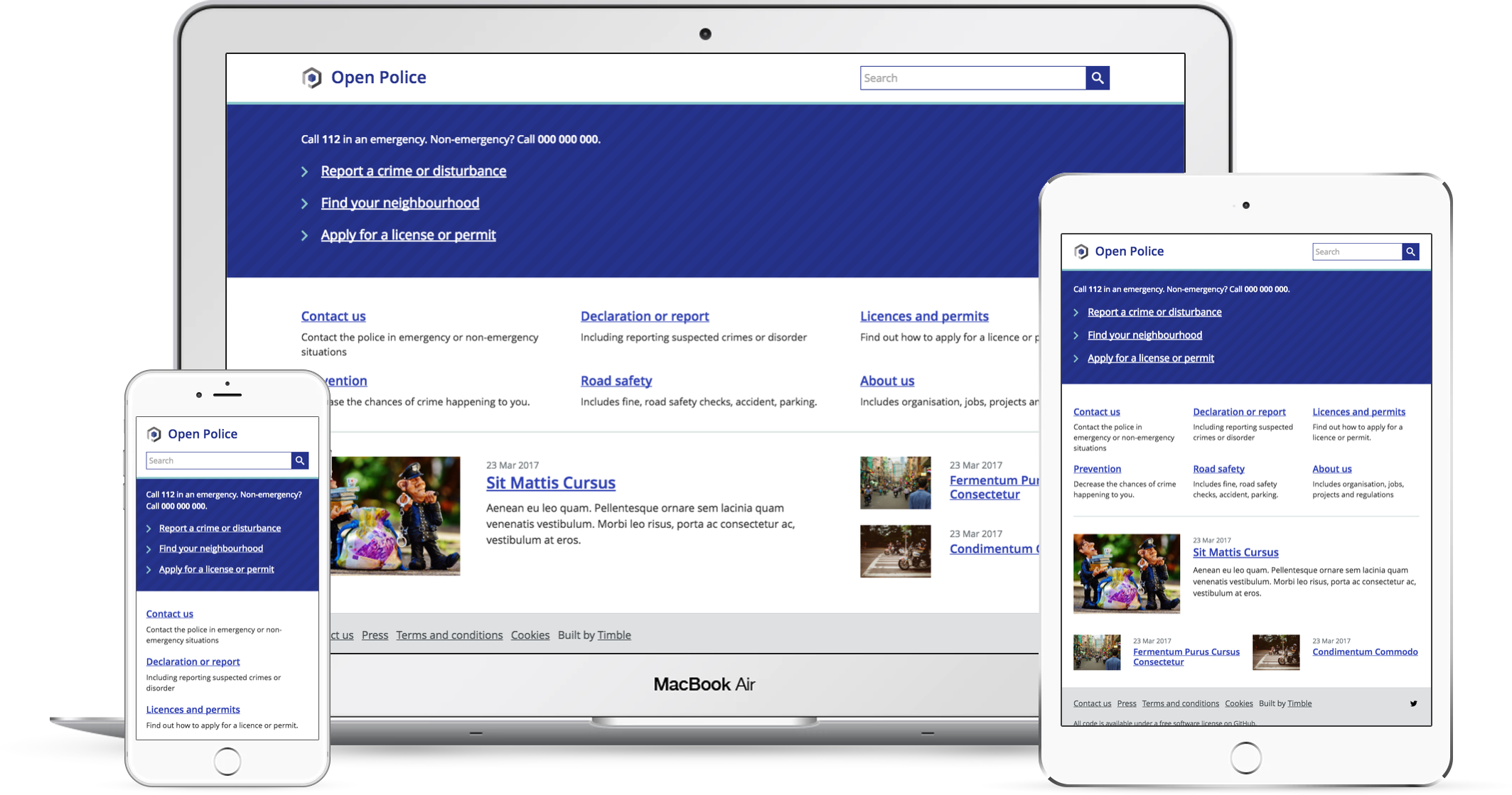
Open source web publishing platform
Open Police is an open source web publishing platform for police forces. It makes creating an open, modern, affordable, website to better connect with citizens very easy.
Features
- No license fee, released under the AGPLv3 free software license
- Mobile-First responsive design
- Optimized for performance and security
Download and install it for free
Being open source means that our code is publicly available and free for you to use, study, change and share. There is no license fee. There is no vendor lock-in.
For government it is important to choose a solution that lasts while technology rapidly evolves. We maintain the software like a constant gardener, quietly doing the right things over time.
You can shape it to your own preferences and needs. These changes will not only be beneficial to you but also to others.
Why open matters
The Open Police platform is built on a purely free and open source software stack.
A common misconception of open source is that it is just a license for using software. For individuals and organizations involved with open source projects, it is a philosophy of transparency, participation and collaboration.
We believe this is the only way to transform government digital services. Remove proprietary lock-in, meet users’ needs through code reuse, allow greater citizen participation and create a large ecosystem that spans the government as a whole.
Get involved
Joining our community and contributing code is a great way to meet other talented developers, make your work more visible and develop your skills further while having a bit of fun in the process.
You found a bug? Have a great idea? Go to our issue tracker and create a new issue, then start working on it. Or consider working on an existing issue.
Need help?
We can help you adapting and implementing what is already there, developing new features or hosting your police website.
Used by
Version 2 is being used by the Belgian local and federal police.
A few live websites (in Dutch or French):
All features
Front-end
Forms In development
Digital forms have features which paper forms do not have, another step closer to a paperless Government.
Mobile-First design New
Addressing the constraints of mobile, then progressively enhances the experience to take advantage of available screen space.
Open Graph
The Open Graph protocol enables any web page to become a rich object in a social graph.
Progressive enhancement
Leveraging web technologies in a layered fashion to allow everyone to access the content.
RSS
All frequently updated information (news, traffic, press releases, etc) are available in RSS format.
Responsive images New
Client-side solution for delivering alternate images based on device capabilities to prevent wasted bandwidth.
Twitter Cards
With Twitter Cards you can attach rich photos, videos and media experience to Tweets that drive traffic to your website.
Back-end
Administrator interface
The administrator area features a simple user interface focused on managing the different sections of the website.
Broken Links Checker Planned
Don't let broken links damage your site's usability. We'll notify you when we've found broken links.
Central Reference Address Database
Integrates the Central Reference Address Database (CRAB) as a source for street names.
Dashboard
The dashboard provides an overview of all recent activities and allows for quick access to your content.
Information Platform Public Domain Planned
Integrates the Information Platform for the Public Domain (IPPD) as a source for public domain information.
Rich content editor Planned
Intuitive editor for web content which does not presuppose anything about how it will be rendered.
Infrastructure
HTTPS
Leverages HTTPS, a protocol for secure communication over a computer network.
PHP 7 Planned
PHP 7 is the ultimate choice for web developers today. Up to 2x faster performance and 50% better memory consumption than PHP 5.6.
PageSpeed Module
Integrates the PageSpeed modules, open-source server modules that optimize your site automatically (gzip compression, etc).
Varnish Cache Planned
Varnish Cache is a web application accelerator also known as a caching HTTP reverse proxy.
Architecture
Behavior driven
Behaviors are injected into objects at runtime. By combining the functionality of mixins and command handlers they allow us to add new methods and react on object events.
Component based
Features a component based architecture using an Inversion of Control container and powered by a dependency injector and service locator.
Debugger
The debugger helps us with errors and exceptions by showing everything in one screen. From the exception, to the code that threw it and the detailed stack trace.
Dynamic (H)MVC
The dynamic and cascading HMVC takes the work out of our hands. Easily implement custom business logic by specializing core objects.
Intuitive API
Designed to be simple. Learn once, apply everywhere: the consistent object oriented design pattern based API is easy to learn, and a joy to work with.
Modular and extendable
More functionality can be packaged into separated components. Anything the core cannot solve is extendible. Every class, object and template (custom or core) can be re-used or replaced.
Out-of-the-box security
The securely encoded output harden against XSS attacks and filters all data input to prevent against SQL injections and CSRF attacks automatically.
RESTful architecture
Designed around the HTTP protocol. Each component automatically provides a level 3 JSON REST API out of the box, no extra coding required.
Request-response driven
A request/response architecture provides out-of-the-box support for different transport mechanisms: http, chunked transfer encoding, sendfile, byte serving, redirect...

